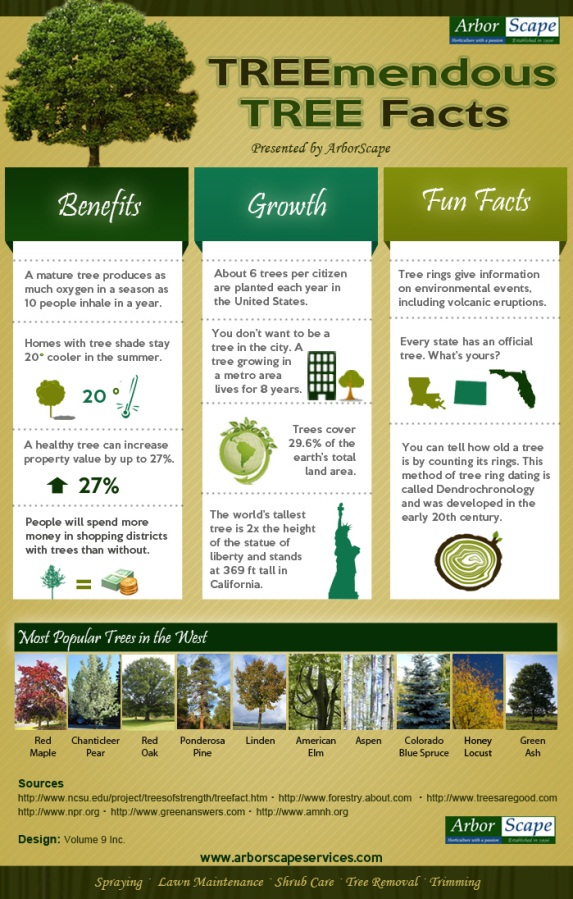Can Trees Be Saved? How To Tell If Tree Elimination Is Required
Can Trees Be Saved? How To Tell If Tree Elimination Is Required
Blog Article
Written By-Jarvis Holme
If you've ever wondered about the fate of the trees on your residential or commercial property, comprehending when it's time for elimination is essential. However just how do you figure out if a tree can be saved or if elimination is the only choice? By searching for certain indicators and examining safety and security threats, you can make enlightened decisions that profit both your landscape and your surroundings. Let's explore the vital factors that enter play when choosing the destiny of a tree and exactly how you can make sure the very best result for your green companions.
Indicators of Tree Decline
If you notice any one of the complying with signs of tree decrease in your yard, it might be time to take into consideration tree removal.
One typical sign is dead or decaying branches, which can show underlying problems impacting the tree's health. Look out for stained or wilted fallen arborist tree removal that persist despite having appropriate treatment, as this could be an indicator of disease or bugs.
An additional warning signal is excessive leaning or a noticeable shift in the tree's base, which might suggest origin issues or structural instability. Watch out for fungal development on the trunk or origins, as this can suggest rot and endanger the tree's security.
Additionally, if you observe huge splits in the trunk or significant arm or legs, it's essential to resolve these problems quickly to stop possible dangers. Dealing with these indications of tree decline quickly can aid keep the safety and appearances of your yard environment.
Safety Problems
To make certain the well-being of your residential property and those around you, focusing on safety issues connected to trees is critical. Trees can posture various safety threats otherwise appropriately preserved. Dead or decaying branches may drop all of a sudden, endangering people or harmful structures.
Leaning trees can also be hazardous, particularly if they're leaning towards a building or power lines. Furthermore, trees with comprehensive origin systems near foundations or below ground utilities can create substantial damages gradually.
It's vital to consistently inspect your trees for any indications of possible risk. Watch out for just click the next post in the trunk, huge cavities, or indications of illness and degeneration. If you see any one of these issues, it's best to consult with a specialist arborist to evaluate the circumstance and determine the necessary strategy.
Taking proactive steps to address safety and security worries immediately can avoid mishaps and residential or commercial property damage in the future. Bear in mind, the safety and security of your property and those around you ought to constantly be the top priority when it comes to tree upkeep.
Consulting an Arborist
When taking into consideration the health and safety of your trees, consulting an arborist is an essential action. Arborists are educated professionals who focus on the care and upkeep of trees. They can assess the overall health of your trees, determine any type of problems such as diseases or architectural problems, and supply professional suggestions on the most effective strategy.
By seeking advice from an arborist, you can obtain important insights right into the problem of your trees and establish whether elimination is required. Arborists have the understanding and experience to examine the dangers associated with keeping a tree versus removing it. They can also offer assistance on different options, such as pruning, cabling, or bracing, to assist preserve the tree whenever feasible.
Furthermore, arborists can help you navigate any type of neighborhood regulations or allows that may be needed for tree elimination. Their knowledge can make certain that the procedure is accomplished safely and in conformity with any relevant laws.
Verdict
In conclusion, when figuring out whether trees can be conserved or if elimination is needed, it is important to take into consideration signs of decline and security worries. Consulting an arborist for a comprehensive analysis is vital in making the best decision for the tree's wellness and possible threats. Bear in mind, positive treatment and timely action can aid protect trees and protect against accidents.
